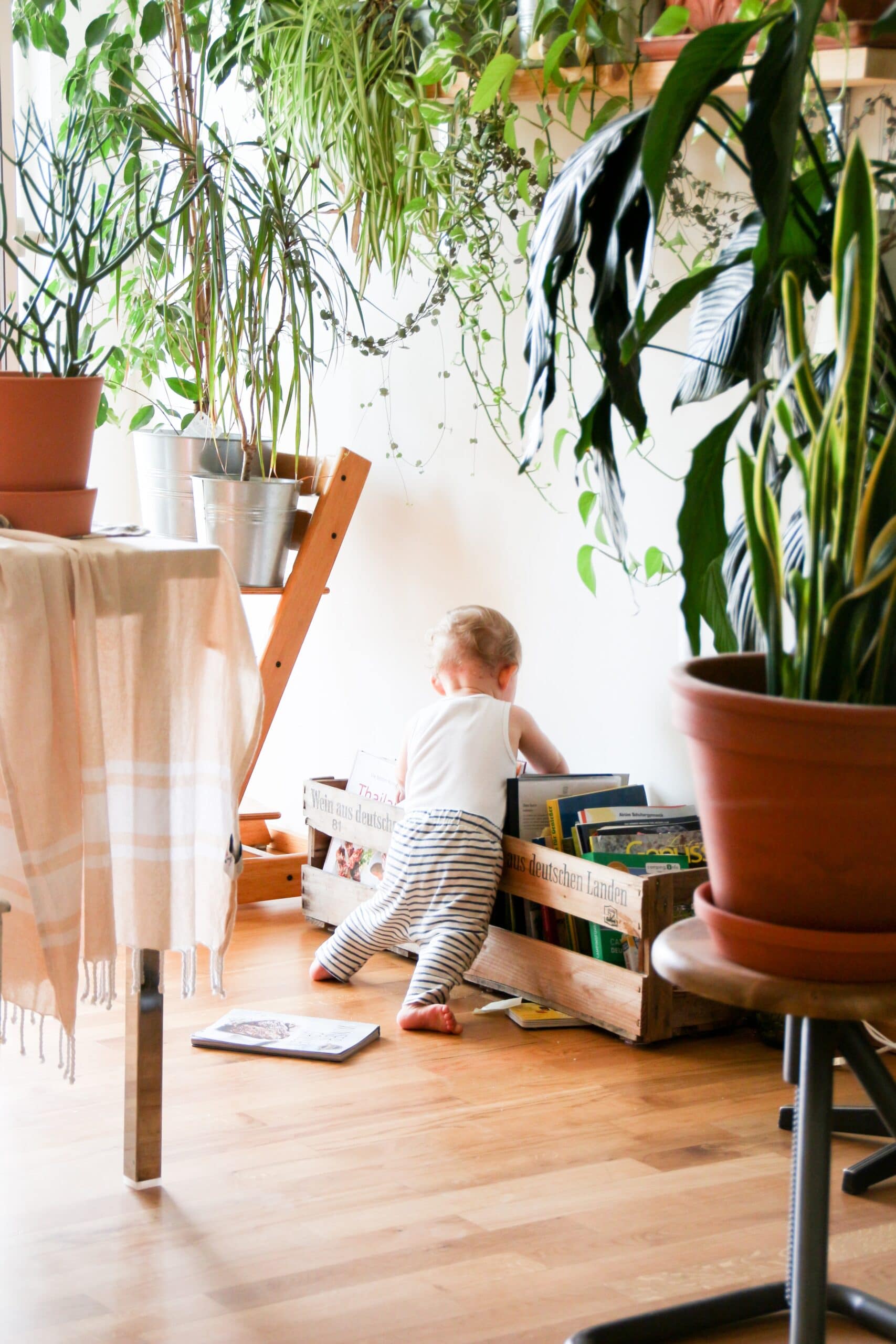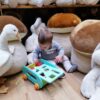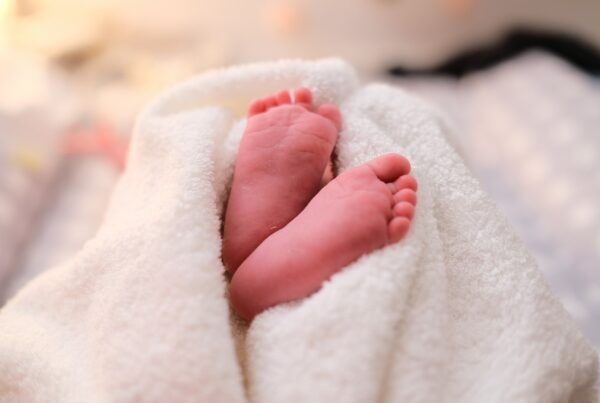Maria Montessori was an Italian physician that became famous in the 1900 century for her studies on children’s education. The Montessori method became a famous approach to education that prioritizes environmental interactions and freedom while approaching different learning activities.
What’s the Montessori method?
The child has his own laws of growth, and if we want to help him grow, we must follow him instead of imposing ourselves on him
Maria Montessori
Montessori educational approach is based on:
- Freedom of choice
- Independence
- Respect for the psycho-physical development
According to Montessori, the child must be at the center of learning; parents’ and teachers’ goal is to create a varied and stimulating environment acting as “facilitators” to allow the baby to discover her own autonomy.
This way, a child that is left free to explore the surrounding world without interference from adults, learns to self-regulate herself.
How to start using the Montessori method
The Montessori method can be applied from the early stage of a child’s life.
A large number of Montessori schools can be found everywhere in the world, from kindergarten until high school. Montessori schools have special teachers that follow the educational method, mixed classes with children of different ages, and they use a variety of materials in their daily activities. I will not focus on the school offer for Montessori, but I definitely suggest looking for a school in your town.
Now that we have learned a bit more about Montessori, it’s time to put all of this in practice and understand how you can use your method at home!
Montessori at home
In the home, the ideal environment for the child should also contain child-sized furniture, and utensils which he can handle himself
Maria Montessori
A Montessori house has to follow the “help me to do by myself” idea.

To facilitate the child in following this new method, Maria Montessori introduces the concept of an educational room suitable for children.
This means that every object in the room is child-friendly, everything can be reached by the baby without asking for adults’ help and above all, every object in that room has an educational purpose, so the child is free to choose the object she recalls.
In this way, your house can become a place for exercise, for autonomy development and independence.
Of course, you need to pay attention to defining routines, managing spaces, and setting up materials.
What children can do at home? Depending on their age they should be able to hang out, make the bed, fold the linen, set the table, wash the vegetables, sweep, read, draw, iron, water the plants, collect the leaves in the garden.
You have to involve your child in all domestic activities so that she can learn independence, responsibility, sense of community, respect, and care for the environment.
Montessori materials
The didactic material must be always beautiful, shining and in good repair, with nothing missing, so that it looks new to the child, and is complete and ready for use.
Maria Montessori
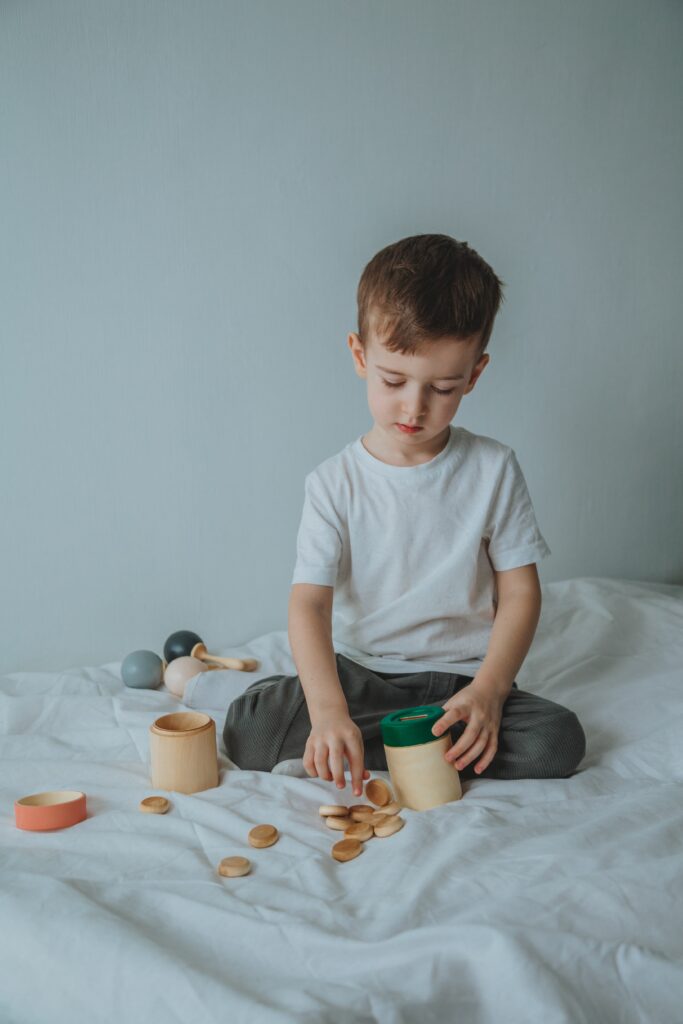
Materials are a key aspect of the Montessori philosophy.
Montessori says that a child chooses what she wants for her own use, and works with it according to her own needs, tendencies, and special interests. The object becomes a growing tool.
Through the senses children will learn different sounds, noises, smells, tastes, and textures. They will recognize what is brittle and hard, what is wet and dry, or dirty and clean.
There is a list of Montessori sensorial materials: from the pink tower to the color tablets or smelling jar that goes to stimulate and develop the five senses, but you can find something simpler in your house and in nature to carry out the same activities (for example the objects in the treasury box).
This must be placed in the game and learning environment with care and carefully chosen. The material should be organized and placed in well-defined areas.
For practical life development and independence, children have to carry out activities that are also carried out by adults. For this reason, the material you need should be similar to real-life objects, like a broom or a small sink to replicate and imitate what adults do.
The role of adults
The environment itself will teach the child, if every error he makes is manifest to him, without the intervention of a parent or teacher, who should remain a quiet observer of all that happens.
Maria Montessori
Being a Montessori parent means follow the principles of respecting the child, helping to do by herself, putting the child in a position to self-learn and self-correct in the different moments of child’s day.
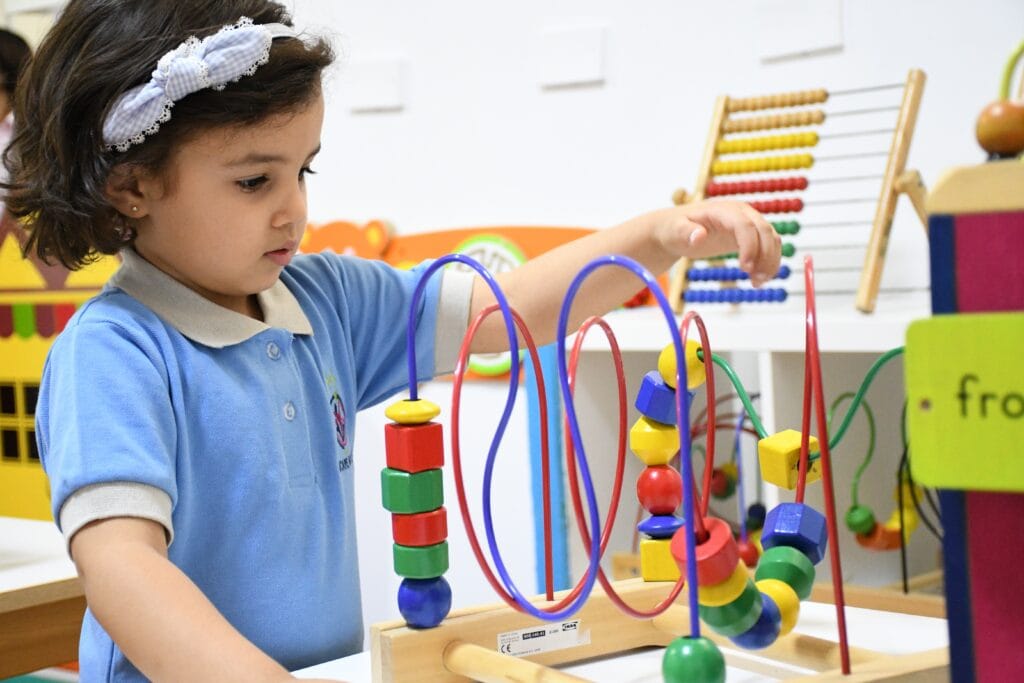
Parents and teachers are observers, their job is to follow the baby, prepare the environment in order to let her decide autonomously, express herself and give her the opportunity to develop new abilities.
Adults have to respect the child as a person: consider her a thinking individual right from the start and don’t force her to do something she doesn’t want.
On the contrary, they have to encourage the child through positive discipline without punishing her, but explaining the reasons why she should not do a certain thing (to avoid danger for example). Make sure you don’t constantly stop her or intervene, leave her free to discover and elaborate a solution by herself every time is possible!
